(TheBRHM.com) Nu-metal was an odd wave of rock music. As with any wave, you’ll have bands that really standout and are the best representatives of the sound.
Then you have the bands that make up the rest and are decent at best. Bands are included or considered as nu-metal tend not to embrace the label.
Heavy Association with MTV
I believe the best reason for this is that nu-metal was one of the genres to be pushed by MTV in the late 90s and early 2000s. Normally this wouldn’t be a bad thing. After all, a whole television network is showcasing your band’s sounds as well as those of your contemporaries.
However that’s usually where the cooperation ends. Despite having songs about youth rebellion, relationships, emotions, and everything else that would appeal to an angry 2000s teen, nu-metal was ultimately just another pool of music to fill its TV slots.
As a result, it became closely associated with MTV and its product. Actually, despite being at the other end of the rock spectrum compared to glam metal and grunge, this genre was third in line to fly the rock flag on the network.
Again, these bands got popularity and mainstream power from being featured regularly on MTV. Rock music tours where these bands were featured got attention on TV as well.
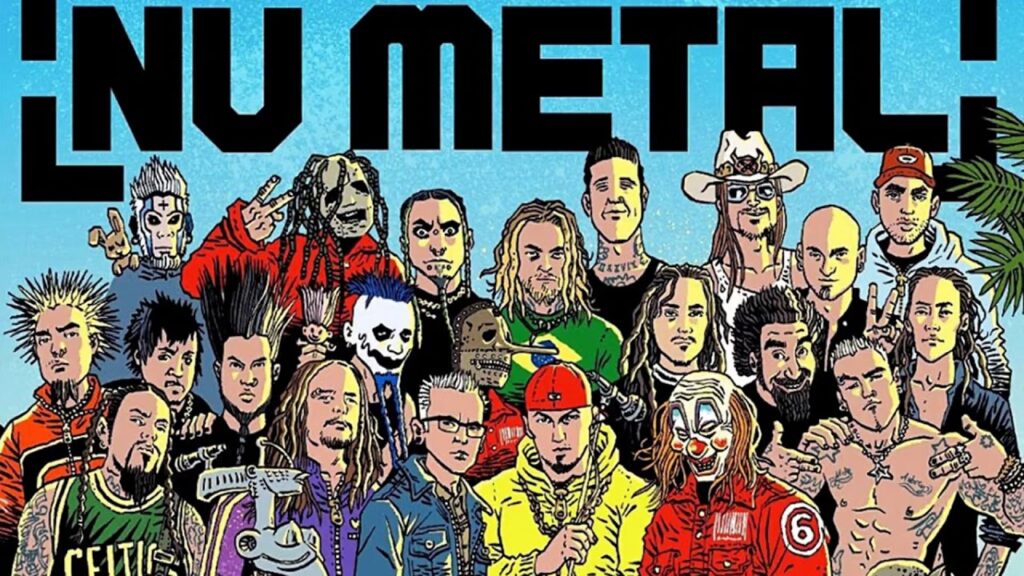
While magazines gave them some sustainable attention, the association of the wave with MTV put a rocket pack to many of them and blasted them past a few years of grinding for that attention. Remember, in the 1990s and early 2000s, eyes were on music networks.
Not everyone was going to get magazines to read about bands. Especially if you didn’t know if the bands or artists you were interested in were even going to be covered.
You knew you’d see Korn’s “Freak on A Leash” or Limp Bizkit’s “Nookie” on MTV or The Box. Plus, you’d hear interviews from them and see their performances.
Actually, It Was Just Like Glam Metal
Imagery-wise, content, and sound-wise, nu-metal was different from glam metal but it had that effect on bands that didn’t embrace the label. That’s why I say it was a wave—just like glam metal—in that some bands that just sounded heavier or more aggressive got washed up in it.
You also had acts either embraced elements of the wave just to experiment with their sound. Other bands were nu-metal early on, morphed into another genre in its early years and are were still presented as nu-metal.
Bands that come to mind are Slipknot, Fear Factory, and Deftones. Slipknot and Fear Factory had the heaviness and aggression of bands from this period while Deftones were particularly flexible with exploring sounds throughout its run.
Because they were contemporaries of other bands lumped into the wave and the media at the time had the term, bands with varying sounds got the label.
The same thing happened in the 1980s with the glam metal scene—especially in Los Angeles—with bands such as W.A.S.P, Twisted Sister, and Lizzy Borden being labeled as glam metal at the times.
Those bands just shared some of the imagery of glam bands but generally had a sound that was closer to anthemic and narrative heavy metal bands. They didn’t have the heavy pop leanings but could drop some mainstream hits.
Nu-Metal Was the Perfect for Its Time
Right alongside nu-metal was alternative metal and alternative rock. Both genres were very flexible and saw bands explore different sounds and tempos. Some bands sounded similar purely because they came out the same area and that was the wave.
Actually, nu-metal could’ve been called alternative metal the whole time. If you look at bands such as Korn, Kittie, and Slipknot on Wikipedia, alternative metal is listed under “Genres” along with nu-metal.
The truth is that they were alternative metal all along but nu-metal was better for marketing that alternative metal. It’s short, punchy, and can include alternative metal, rap metal, industrial metal all under one umbrella.
To a degree that was just lazy marketing but it beats having mainstream fans remember multiple genres…even though I feel that genres help people find specific sounds and art without having to rummage through thousands of bands.
Ultimately, the sound was perfect for the time. The nu-metal wave introduced a lot of bands that spoke to young people of the time just like grunge rock and alternative rock did early in the 1990s.
With time, revisiting their catalogues, and trying out these bands’ more recent material, you gain a new view on these bands’ musicianship and how they were above a trendy wave that only lasted a few years.
Give Them Another Listen
It’s hard for a listener because there’s so much music out there, tastes change with age, and that nu-metal label just smacks of “I remember when I used to listen to those guys.”
It just sounds like a genre you should’ve grown out of as an adult. Many bands shook the label and showed what they were doing the whole time. I say to fans who listened back then: many of those bands are still making music and some of it is good.
Hell, most of them that are still kicking around today have matured their sound to the point that it doesn’t sound anything like it did in the late 90s and early 2000s.
For them it wasn’t trying something new to shake the label or trying to cash in on an emerging genre. The nu-metal wave has bands that were influential on future bands that fall more in the metal side of rock or just heavier than their predecessors.
As for those older bands from the period, it was just natural growth as artists. My favorite band Judas Priest grew as artists over a long period.
There was a period where they explored something new to get in on an emerging style—the same with my other favorite Slayer—but with matured songwriting, they got to the point that they could attempt a different sound or a concept album.
The bigger names of the nu-metal wave are no different in that respect.
Staff Writer; James Swift, Jr.
This talented writer is also a podcast host, and comic book fan who loves all things old school. One may also find him on Twitter at; metalswift.


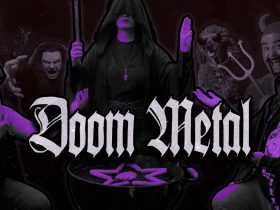




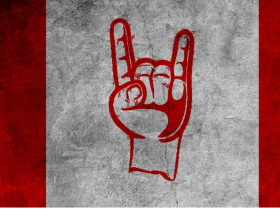
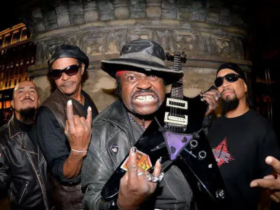
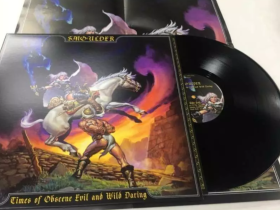
I feel this ‘music genre’ has a hip-hop vibe to it… Definitely inspired by that type of music… Wouldn’t’ you agree?